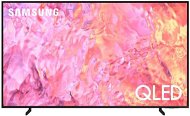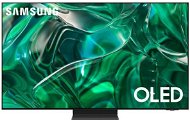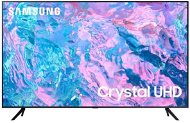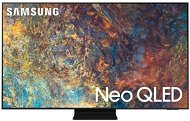

Comparing QLED and OLED TVs
In January, Samsung officially introduced a new QLED TV range. What do QLED and OLED have in common? Can an ordinary user tell the difference between a QLED and OLED TV? We hear these questions asked often these days, and we will try to answer them by comparing the two technologies side by side.
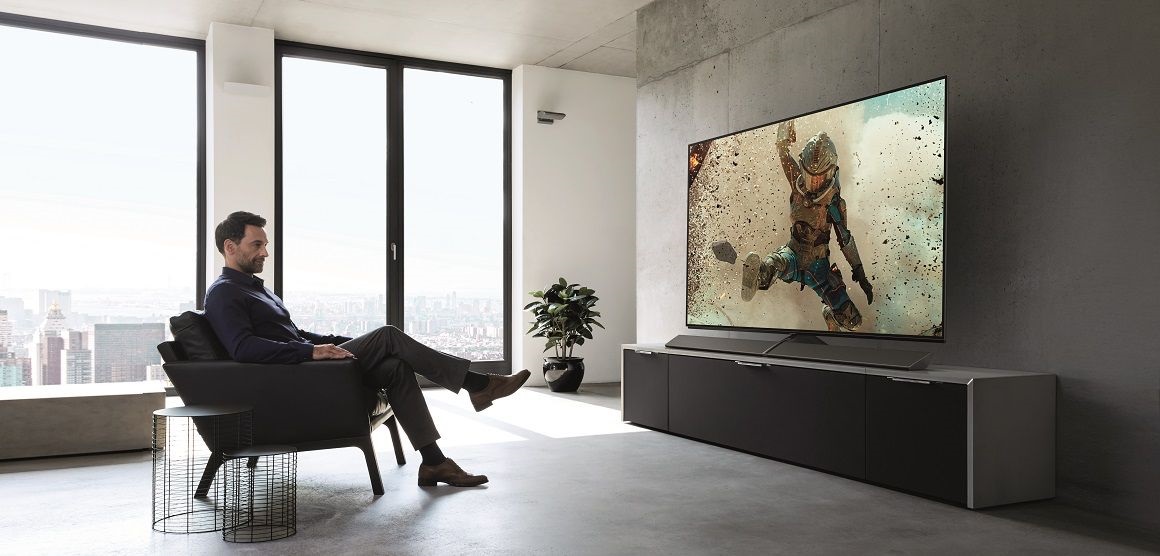
What Do QLED TVs and LED TVs Have in Common?
- QLED - How Samsung Made LED TVs Even Better
- How Do OLED TVs Work?
- Black Colour Rendering in QLED and OLED TVs
- QLED Has a Lower Contrast than OLED
- How Does Quantum Dot Technology Affect QLED Brightness?
- Both QLED and OLED Are Fully-Featured Smart TVs
- Are QLED TVs More Power-Efficient than OLED TVs?
- How Do QLED TVs and OLED TVs Compare?
What Do QLED TVs and LED TVs Have in Common?
Before we get into QLED TVs and OLED TVs, we need to (briefly) explain how LCD and LED TVs work. Understanding these basic principles is crucial if you want understand the differences between QLED and OLED technology.
With LCD TVs, the source of light is a fluorescent backlight. The backlight passes through a layer of liquid crystals, through a colour filter where it gains its colours, and then through two polarising filters. Finally, the light appears on the screen, where we perceive it as a comprehensible image.
LED TVs work on the same principle as LCD TVs, but with one exception: the fluorescent layer is replaced by LED lights as the backlight light source.

QLED - How Samsung Made LED TVs Even Better
QLED TVs work on the basis of the same LED technology as we have described above. Although its name may give you the impression that QLED may be somewhat similar to OLED technology, they have virtually nothing in common.
The QLED TV is based on the standard LCD TV and is backlit by LED lights. The difference between QLED and the "ordinary" LEDs lies in the Quantum Dot technology. This is where the Samsung QLED TV got its name. Technically speaking, there is nothing particularly revolutionary about QLED – it is "just" a label for an upgraded version of the well-known LCD/LED TVs. That said, it’s objectively a very nice upgrade indeed, as you will find out later in this article.
Quantum Dot, abbreviated as QD, is a technology based on light-emitting diodes. It absorbs and subsequently emits a light beam that serves as the backlight. Since each base colour has its own diode, each colour has its own light beam as well, which creates beautiful, bright and clean colours on the screen. This is why TVs with QD technology have better colour reproduction than a TV with an ordinary colour filter. Another advantage of Quantum Dot technology is that it consumes less energy.
How Do OLED TVs Work
Unlike QLED, OLED is completely unrelated to older LCD/LED technologies. The OLED TV display consists of organic light-emitting points (or pixels) that each produce their own light. Millions of OLED light points can generate a complex colour mosaic that our eyes perceive as a complete picture when we are watching TV.
Because each light point in an OLED TV produces all the brightness the TV needs, it does not require any backlight. This is the key difference between OLED TVs and LED/QLED TVs.
OLED TVs Are Based on LG Displays
OLED technology is also notable for its manufacturing complexity: At present, LG is the only company capable of manufacturing large-sized OLED panels. Although there are several OLED TVs manufacturers (Sony, Philips, Panasonic), they all receive their OLED panels from LG.
Nevertheless, every manufacturer uses its own components and know-how when putting together its OLED TVs. So, each brand offers a full-featured and unique OLED TV product model.

This type of production process is quite costly, and therefore the end customer must pay a bit more for an OLED TV. This is true of QLED TVs as well. Both of these technologies are among the most expensive TVs you can find on the market (of course the price also depends on the display size and the particular model).
Can You See Any Tangible Differences Between OLED and QLED?
Let’s start with a very important criterion for any regular user, which is colour quality. Samsung and its QLED TVs are the winners here and deliver almost complete DCI-P3 gamut coverage. It should be noted that the victory comes quite close, since OLED televisions (such as LG or SONY models) feature a DCI-P3 gamut coverage well over 90%.
Black Colour Rendering in QLED and OLED TVs
In terms of colour, there is one area where even Samsung's Quantum Dot technology can’t match OLED, and that is black colour tone rendering. Having a classic LCD/LED display, the QLED TV produces light across its entire surface, so even the darkest spots on the screen can never be "switched off" completely. Some light always gets through.
This is where the OLED TV shines: The individual light points have each pixel switch off separately, so the dark areas on the screen remain black. The OLED screen delivers deep black colour tones, instead of faded black or – even worse – dark greys that you may have seen on LED TVs.

QLED Has a Lower Contrast than OLED
Good black colour tone rendering also influences contrast. If you have darker blacks, the range between black and white tones will be more noticeable. If the OLED TV has better black rendering than QLED, it must also have a better contrast. You can read more about colour gamut and contrast in our article - What is HDR and how does it work.
How Does Quantum Dot Technology Affect QLED TV Brightness?
When it comes to image quality, there is one more factor that should be mentioned – brightness. Here, Samsung QLED and its quantum points achieve better results. Top of the line OLED TVs have a brightness of around 700cd/m2, while new QLED models have a brightness of over 1500cd/m2. So if you want a very bright picture without having to close the curtains or darken the room in any way, chances are that a QLED TV will meet your needs much better.
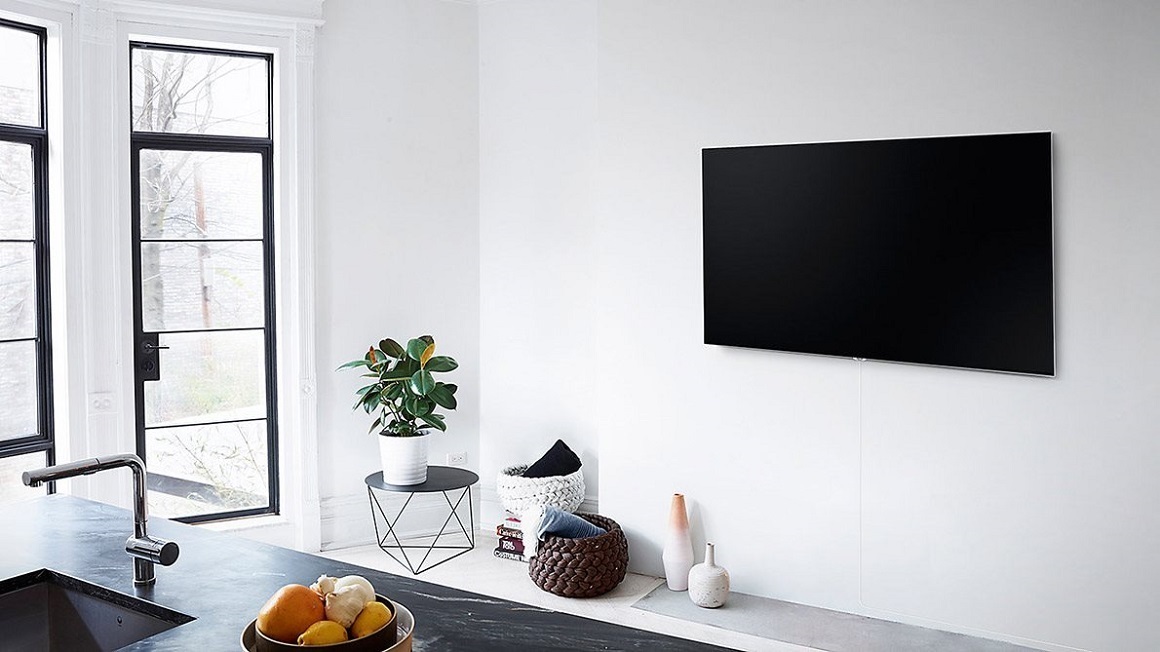
Both QLED and OLED Are Fully-Featured Smart TVs
As far as features are concerned, there is not much to compare. Given the fact that both OLED and QLED TVs are premium products, it is clear they will have everything you would expect from a Smart TV. HDR, 4K resolution, HDMI, DLNA, or Smart home integration are all must-have features for both OLED and QLED TVs.
Are QLED TVs More Power-Efficient than OLED TVs?
In terms of power consumption, you are likely to encounter one very common myth: Generally, OLED TVs are considered to have a higher power consumption than LED or QLED TVs. This myth is rooted in the idea that since OLED displays consist of many separate light points, they must consume extra power to "nourish" each pixel separately. In reality, the power consumption can vary greatly regardless of the TV technology.
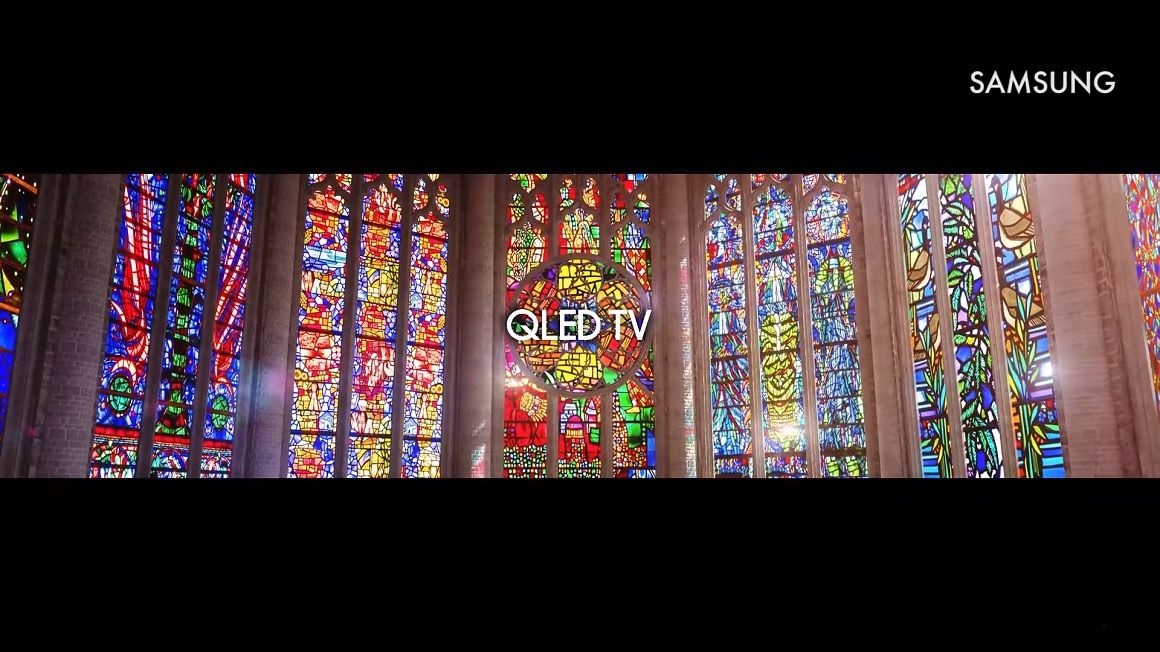
With OLED, the power consumption works differently. Since OLED pixels can be “switched off” completely, the TV’s power consumption will depend on the multimedia's consumption at the time. If you are watching a dark, gloomy thriller that takes place mostly at night, the TV activates a smaller number of pixels, making the OLED TV draw less electricity. Visual content with extremely bright scenes, for example, a hockey match where you spend one hour or more staring at a pure white ice rink, will do exactly the opposite.
To sum it up, if you are choosing a TV according to its power requirements, check the listed power consumption of the specific television model. Also take your TV watching habits into account, as they will influence the final power draw to a very significant degree.
How Do QLED TVs and OLED TVs Compare?
So, which TV should you choose? Should you go for an OLED TV or a QLED TV? The truth is that both TV types have their own specific advantages, so the answer will always depend on the particular TV model.
A lot also depends on the tastes and preferences of the user. Our article has hopefully given you some idea about what to expect from the particular TV type. Now you just have to consider what features and specifications matter to you mo and choose accordingly. One thing is certain: Whether you choose an OLED TV or a QLED TV, you will get a top-notch audio-visual TV experience.
Resources: http://www.rtings.com, http://televisions.reviewed.com, https://www.cnet.com
